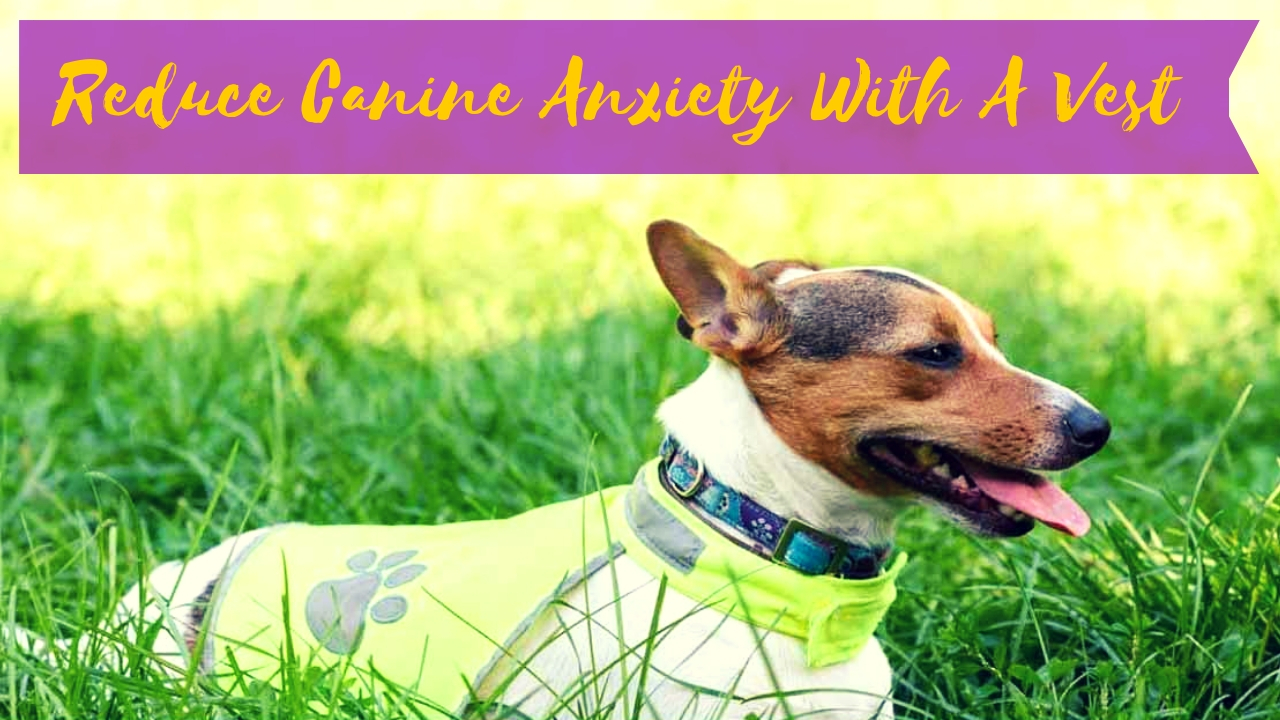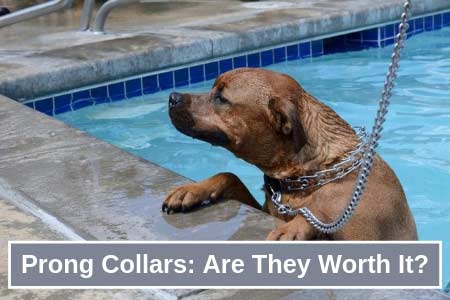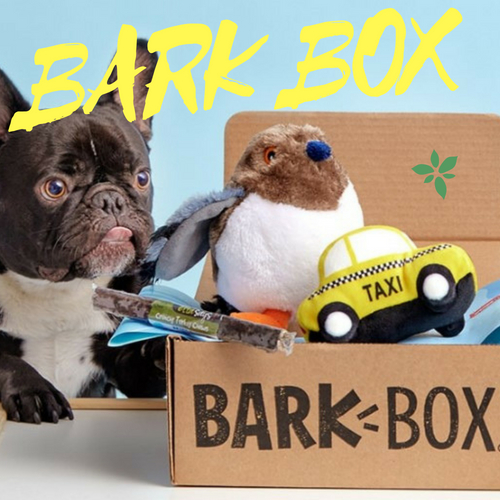If you ever had dogs and cats in your home for at least a few months you would know that a dog's life is not all happy barks and playing around. Our canine companions get stressed just as much as people. When this stress becomes persistent, it transforms into anxiety in some dogs. Mind you, dogs that experience anxiety are not always cowardly or softhearted. It is a perfectly normal reaction to unusual circumstances.
There are symptoms dog owners need to watch out for to ascertain if the dog is experiencing some form of anxiety. These symptoms include:
What Causes Anxiety in Dogs?
Booms and Bangs!
One of the most common triggers of dog anxiety happens to be very loud noises. This is funny because dogs can be very noisy with their barking when they want to. So, in a way, you can say they become anxious when they find something louder than them.
These noisy triggers include sounds from cars, vacuum cleaners, or noisy household visitors, such noises are much more likely to cause anxiety when dogs are separated from their owners.
"Storm-phobia"
A lot of dogs are afraid of storms. It isn't unusual to find your dog hiding behind the living room couch once a small storm breaks out across the sky. What you may not know is that dogs can sense the static electricity in the atmosphere.
The result is that, during storms, they may experience shock from such static electricity. You don't need a fortuneteller to tell you what happens next.
Air Pressure Changes
One of the side effects of lightning is that it changes the ozone content in the atmosphere. This phenomenon is mostly accompanied by a change in the barometric pressure. The result is that, during storms, lightning strikes may lead to your dog becoming anxious.
What Anxiety Does to Your Dog?
We all love our dogs, even though they can sometimes be unruly; it is all a part of their nature and we love them just the way they are. However, when a dog begins to suddenly act very strangely and do things it never used to before, there's every chance that anxiety may be the cause.
Research has shown that when dogs are under the influence of anxiety, they develop personalities they never used to have before. Let's take a look at some of them, shall we?
The Destructive Dog
When your dog used to be gentle and tidy but these days you come back home to find paw marks on your door or floor and your precious belongings strewn about your home, then something is definitely wrong. Dogs with anxiety tend to become destructive and may tamper with household furniture and items.
The worst thing about this is the high possibility of such dogs injuring their nails and paws in the process.
The Noisy Dog
We all know dogs love a good bark once in a while. It becomes annoying when they start to do this too often or when they tremble and pant. Excessive whining is also a part of the results of anxiety in dogs.
The Cowardly Dog
As earlier stated above, it is normal for dogs to feel fear in a situation they consider scary. However, if you notice that, lately, your dog always finds reasons to run to you for solace or hides in confined spaces, there is a chance that anxiety may be at work. The same can be said about your dog spending too much time in deserted areas of the home such as the closet or bathroom.
The Runaway Dog
It is never a good thing for a dog to run away from the house. This can be a very worrisome time for the owners of such dogs. Dogs under the influence of anxiety will tend to break out of their homes and, in some cases, end up lost or in an accident. This is a terrible and scary but factual result of anxiety if it is not checked out in time.
So, how do you handle such anxiety attacks without making things worse? Of course, dogs do not understand human language, hence it may be difficult to get them to calm down with mere words. There is really no particular treatment used to manage anxiety in dogs. However, for most dogs, the use of anxiety vests has been most recommended by experts.
What Is a Dog Anxiety Vest?
A dog anxiety vest is a garment that looks just like a vest but is designed to calm dogs suffering from anxiety. These vests will fit snugly to the body of a dog and distribute pressure gently around the torso. Imagine swaddling a distressed child or hugging a grieving loved one. That is exactly what an anxiety vest does. It hugs and swaddles your dog into being calm.
How Anxiety Vests Work
When an anxiety vest is worn on a dog, it serves as a means to distribute gentle pressure across the chest, sides, and back of the dog, thereby having the same soothing effect as a calm hug.
This process has a scientific basis to it because gentle pressure on a dog's body can cause the release of a chemical called endorphins which gives animals a calm sense of well-being. In a way, this is much safer and more effective than patting the dog on the head because doing that to an agitated dog could actually make things worse.

How Effective Are Anxiety Vests?
Tips on Using an Anxiety Vest
While anxiety vests are recommended for most dogs with anxiety issues, there are still ways you can make it work better for your dog.
Things to Consider before Buying Anxiety Vest
When shopping for an anxiety vest, there are various things you should consider in order to get a suitable and comfortable vest for your dog. Things like size, material, and the closure system are the most important, but let's dive into this in more detail, shall we?
1
Size
It is advisable for you to weigh your dog before getting it a vest. Most vests are sized by the dog's weight. It should neither be too tight nor too loose. When the vest is too tight for the dog, it will end up causing it some level of discomfort and may contribute to its anxiety.
2
Material
Another thing you should consider is the material that will be best suited for your dog. Most dog vests are made up of different materials like nylon, polyester, and cotton. Nylon is a strong and firm material while cotton seems to be the softest and most breathable. Polyester, on another hand, is durable like nylon and has the flexibility of cotton so it lies somewhere in between.
It is advisable you check in with your veterinary doctor as to which vest will be most suitable for your breed of dog.
3
Closure System
This is one part you might want to use your discretion because both the buckle and Velcro are good fasteners for your anxiety vest. A buckle on one side is very easy to fasten and get your dog dressed. Meanwhile, Velcro makes it easy to remove the vest from your dog.
However, buckles have been known to be more secure and reliable than Velcro in most cases. Ultimately, however, it depends on which one of the two your dog feels more comfortable wearing.
Additional Ways to Save Your Dog from Anxiety
When used properly, anxiety vests are a great way to help your dog in times of anxiety. There are other things you can also do to help your dog overcome this battle.
Here are a few helpful tips:
As you can see, there are many ways to take care of an anxious dog. You can also see that getting your dog an anxiety vest is the best thing for it. When shopping for a quality vest try as much as possible not to cut corners. Understandably, price plays a role in your choice, but make sure out your dog's health and safety first!
In summary, what you need to know is that with little effort, your dog can get back to its normal behavior—even after suffering separation anxiety or similar. What you need to do is grab a new anxiety vest, take onboard some advice from veterinary professionals, and offer your pup plenty of tender love and care. Keep showering your dog with love and the rest is history.






